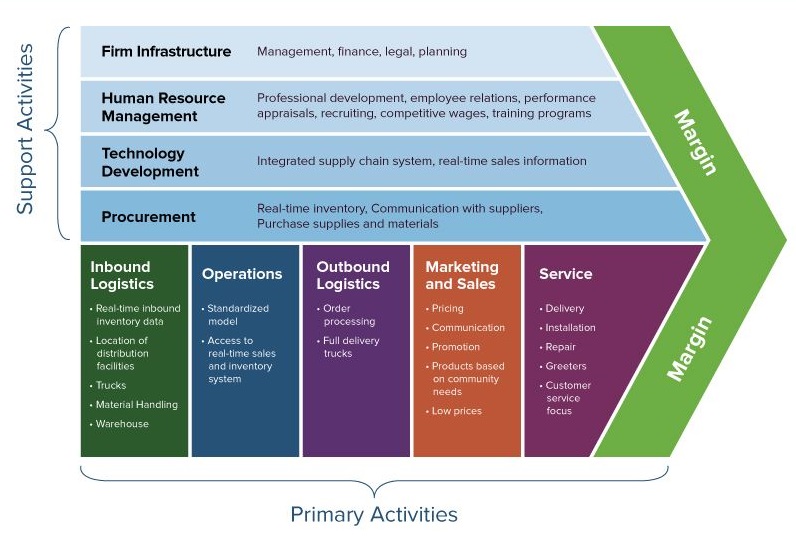Learning the content
This content associated with the second topic will take you about 40 minutes of video watching.
To start with the topic of business process analysis, it is needed to review, what the BPM life-cycle is. If you have not watched the video on the life-cycle in the last week, please, go HERE and watch the last video. You can review how the life-cycle looks like in the following picture from Dumas et al. (2018) book.
When you enter the organization where you will perform BPA, the first step is to orient yourself in the company. This means that you need to identify processes. After identification, you need to document the processes, analyze them, and suggest justifiable improvements. The rest of the phases of the cycle is then the responsibility of the company.
The output of the process identification is a process architecture. To design it, you need to identify the processes. In the following video, you can learn something about the context of process architecture and identification.
- What is strategy? by Michael Porter
- Five competitive forces by Michael Porter
- Rober Kaplan on Balance Scorecard
- David Norton's lecture on BSC
- How to implement BSC
In the following video, you can see in detail (and with several examples) how the process architecture can be made.
Besides the process landscape, process architecture should contain also process profiles. A sample of the process profile can guide during the process discovery and identification phase so you will know what information and data you need to gather. How to chose a process for further analysis and optimization can be learned in the next video.

